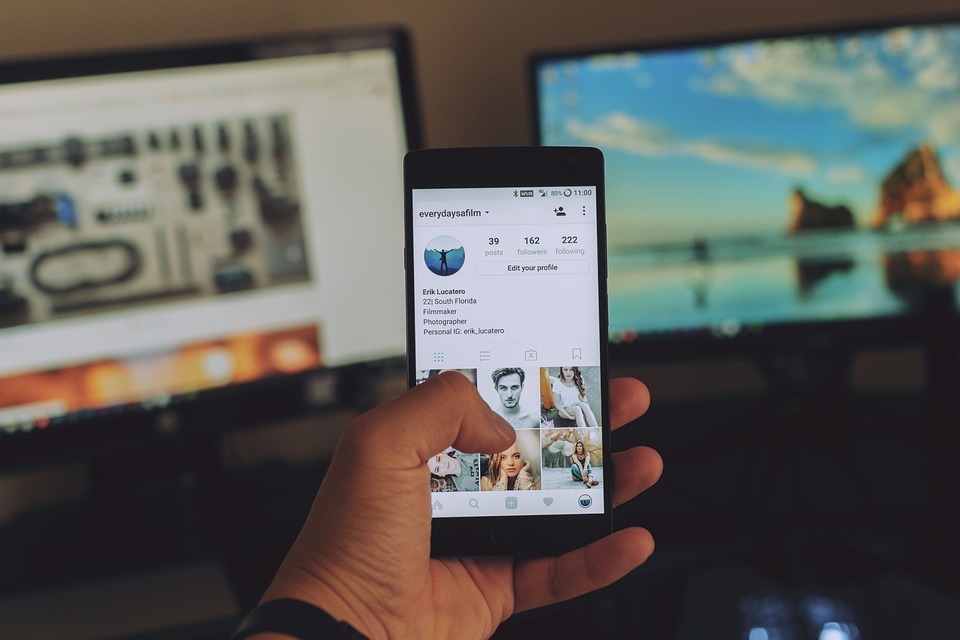In recent years, technology has been rapidly changing the way we learn and educate ourselves. One of the most exciting advancements in education technology is the use of augmented reality (AR). Augmented reality is a technology that overlays digital information onto the real world through the use of a smartphone, tablet, or AR headset. This technology has the potential to greatly enhance the way students learn and interact with information. Here are some surprising ways that augmented reality is reshaping education.
One of the most significant ways that augmented reality is reshaping education is by providing immersive learning experiences. With AR, students can visualize complex concepts in a way that is more engaging and interactive than traditional methods. For example, students studying anatomy can use AR to see a 3D model of the human body and explore different organs and systems in a hands-on way. This not only makes learning more fun and engaging but also helps students retain information better.
Another way that augmented reality is changing education is by making learning more accessible and inclusive. AR can help students with disabilities or learning differences by providing personalized learning experiences. For example, AR can provide audio descriptions for visually impaired students or interactive simulations for students with ADHD. This technology can level the playing field for all students and make learning more inclusive and diverse.
Augmented reality also allows for more collaboration and creativity in the classroom. Students can work together on AR projects, such as building virtual models or creating interactive presentations. This collaborative learning environment fosters critical thinking skills and encourages students to think outside the box. AR also allows students to create their own content and share it with their peers, making learning more engaging and relevant to their lives.
Furthermore, augmented reality can bring real-world experiences into the classroom. For example, students studying history can use AR to take virtual field trips to important historical sites or events. This allows students to experience history in a more immersive and memorable way. AR can also be used to simulate real-world scenarios, such as medical procedures or engineering projects, giving students hands-on experience in a safe and controlled environment.
Overall, augmented reality is revolutionizing the way we learn and educate ourselves. By providing immersive experiences, promoting inclusivity, fostering collaboration, and bringing real-world experiences into the classroom, AR is reshaping education in surprising and exciting ways. As this technology continues to evolve and become more widespread, the possibilities for learning and innovation are truly endless.




